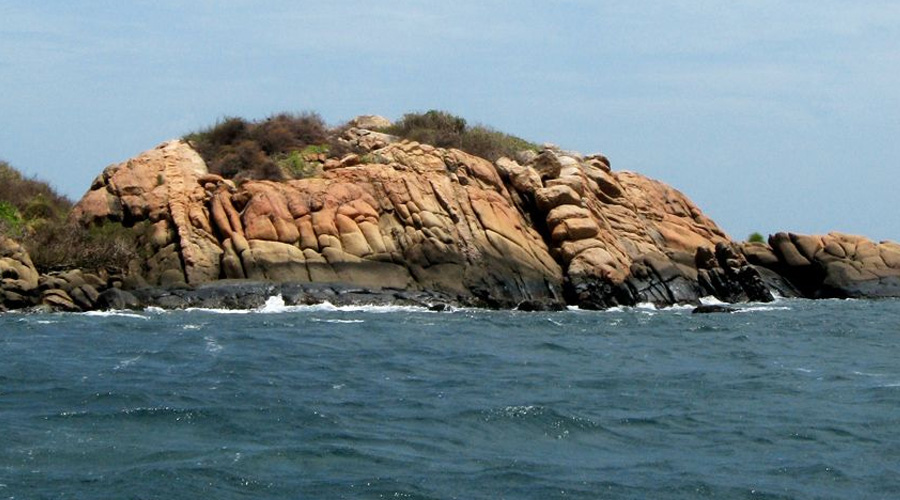Basking on Sri Lanka’s northeastern shoreline, Trincomalee (`Trinco’)was established around one of the world’s greatest deep-water harbours. During the island’s Anuradhapura and Polonnaruwa eras, Trinco’s substantial harbour channelled the island’s seabourne trade and was regularly fought over centuries later by the European colonialists – first the Portuguese and Dutch, then the French, and finally the British who held onto it stubbornly in spite of Japanese air strikes during World War Two until Sri Lanka finally achieved independence in February 1948.
Trinco is a melting pot of Hindu, Muslim and Christian traditions, and its narrow streets are flanked by low slung buildings, Hindu temples and mosques. The town sits atop a narrow peninsula that juts out between the Indian Ocean and the Inner Harbour. To the east, Swami Rock rises tall above the ocean and forms part of Trinco’s serene Dutch-built Fort Frederick, a surprisingly spacious tree-shaded settlement home to crumbling colonial constructions and, unusually, a small herd of deer. Sitting at the top of Swami Rock is the Koneswaram Kovil, a candy-striped Hindu temple boasting magnificent views of the sea and town.
Trinco’s best accommodation lies along the coastline north of town, alongside a pair of wide, largely unspoilt white sandy beaches – Uppaveli and Nilaveli. Each of these coastal stretches is washed by a warm turquoise sea that’s at its calmest between May and September -the east coast ‘season’. Beyond Nilaveli lies Pigeon Island, a protected national park home to fine coral and over 100 species of exotic fish where you can snorkel and dive. The deep seas off Trinco are also home to blue whales and dolphins, and boat trips run throughout the season. Further north of Nilaveli lies the blissfully remote beach resort of Kuchchaveli.

